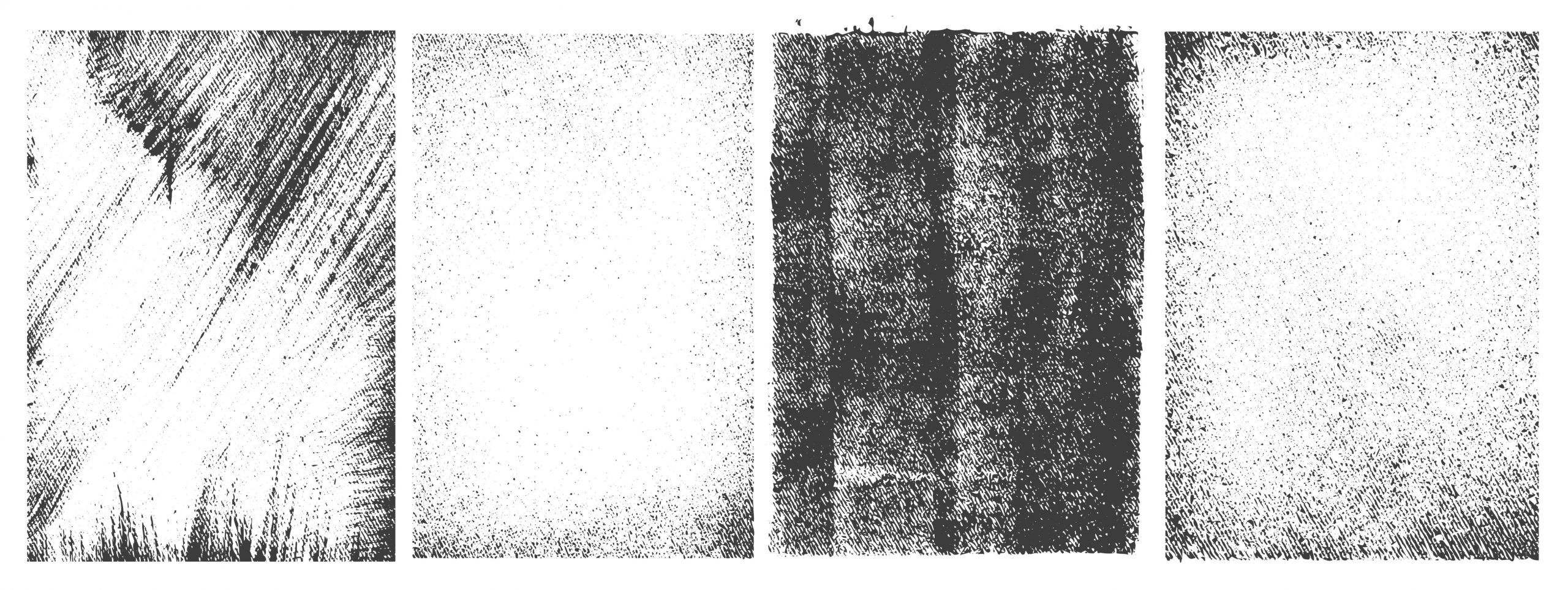Understanding neighbourhood level predictors of domestic abuse and their variation over space
Reducing domestic abuse has become a priority for both local and national governments in the UK, with its substantial human, social, and economic costs. It is an interdisciplinary issue, but to date there has been no research in the UK that has focused on neighbourhood-level predictors of domestic abuse and their variation across space.
This article uses geographically weighted regression to model the predictors of police-reported domestic abuse in Essex. Readily available structural and cultural variables were found to predict the domestic abuse rate and the repeat victimisation rate at the lower super output area level and the model coefficients were all found to be non-stationary, indicating varying relationships across space. This research not only has important implications for victims’ well being, but also enables policy makers to gain a better understanding of the geography of victimisation, allowing targeted policy interventions and efficiently allocated resources.
For further information and the article, please see Using geographically weighted regression to explore neighborhood‐level predictors of domestic abuse in the UK – Weir – 2019 – Transactions in GIS – Wiley Online Library
Photo caption: Andrii Yalanskyi /Shutterstock.com




